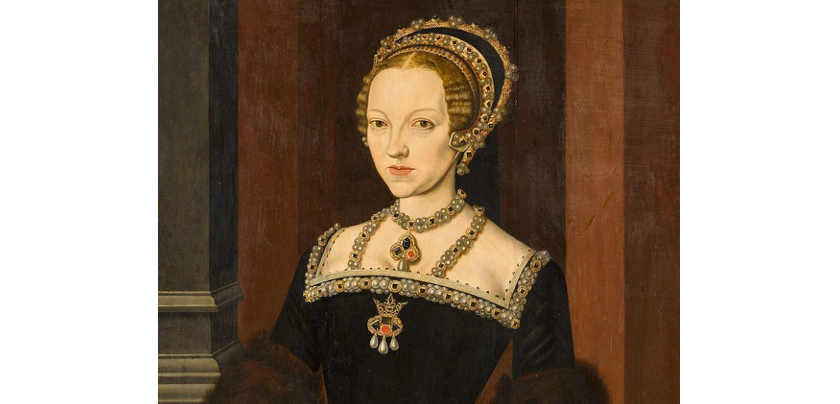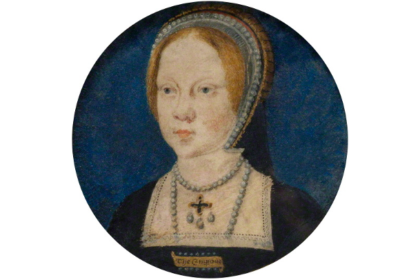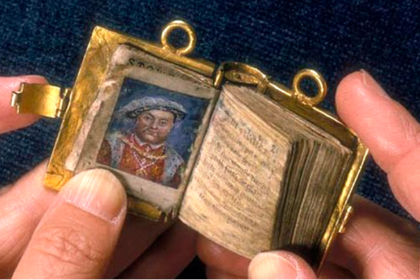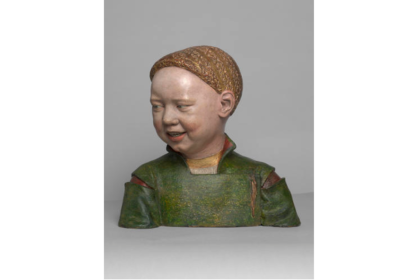There is a popular misconception that Henry VIII met his final wife, Catherine Parr, after she joined the household of his daughter, Mary, at some point in the months before February, 1543. There is a certain appeal to this idea; Catherine’s mother, Maud Parr, had served Mary’s mother, Katherine of Aragon, as a lady-in-waiting, and not only was Catherine almost certainly named for the Spanish Queen, but Katherine was quite likely the godmother of her young namesake. Furthermore, it has been suggested that Mary and Catherine spent some time being educated together as girls – there was just four years between the women. We know that once Catherine became Queen, her and Mary were indeed very close, as she was with all her step-children. The idea that Catherine, as Lady Latimer due to her marriage to John Neville, Baron Latimer, had reached out to renew her acquaintance with Mary, who clearly had fond enough memories of Catherine to offer her a position, feels right, feels nice.
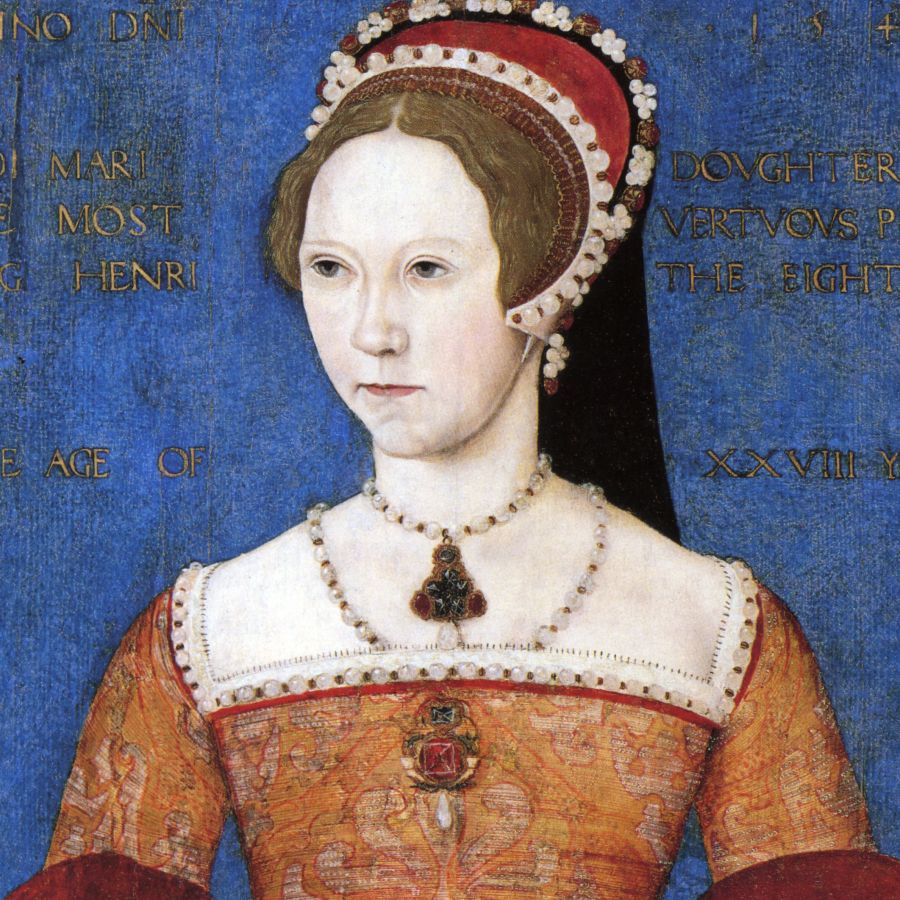
Unfortunately, this theory was based upon a single source, which upon close examination, was clearly misinterpreted.
The source is a bill from one Skutt the tailor, entered into court recor from whom Catherine had ordered an array of clothing items and some 74 lengths of material that cost a total of 8l. 9s. 5d., the equivalent of more than £3,500 ($4,350USD/$6,800AUD). The items ordered included ‘plyttes and slevys…a slope hood and typette’ and, most importantly, ‘black taffeta…for making a kirtle.’ This last item is the one of interest, as in the margin next to it are the words ‘for your daughter.’ The bill survives in the records of Catherine’s household expenses as queen, and was signed off by her chancellor, Sir Thomas Arundell. This has led some to assume that the ‘daughter’ being referred to is Henry VIII’s daughter and Catherine’s stepdaughter, Mary. Why the assumption has been Mary rather than Elizabeth, I cannot say. But closer examination unravels this theory very quickly in any case.
The bill was actually issued in late April, several months before Catherine became stepmother to Mary; in fact, it was explicitly addressed to ‘My lady Latymer.’ It has been suggested that the marginal note is addressed to the King, and that he was responsible for settling the debt incurred by Catherine on behalf of his daughter, but why would a lady-in-waiting be ordering and billed for an item for her mistress, the King’s daughter no less, in her own name, rather than under the name of the said mistress. Mary was an established adult, and moreover, she kept tight control of her own finances; each and every page of her privy purse records was sighted and signed by Mary personally.
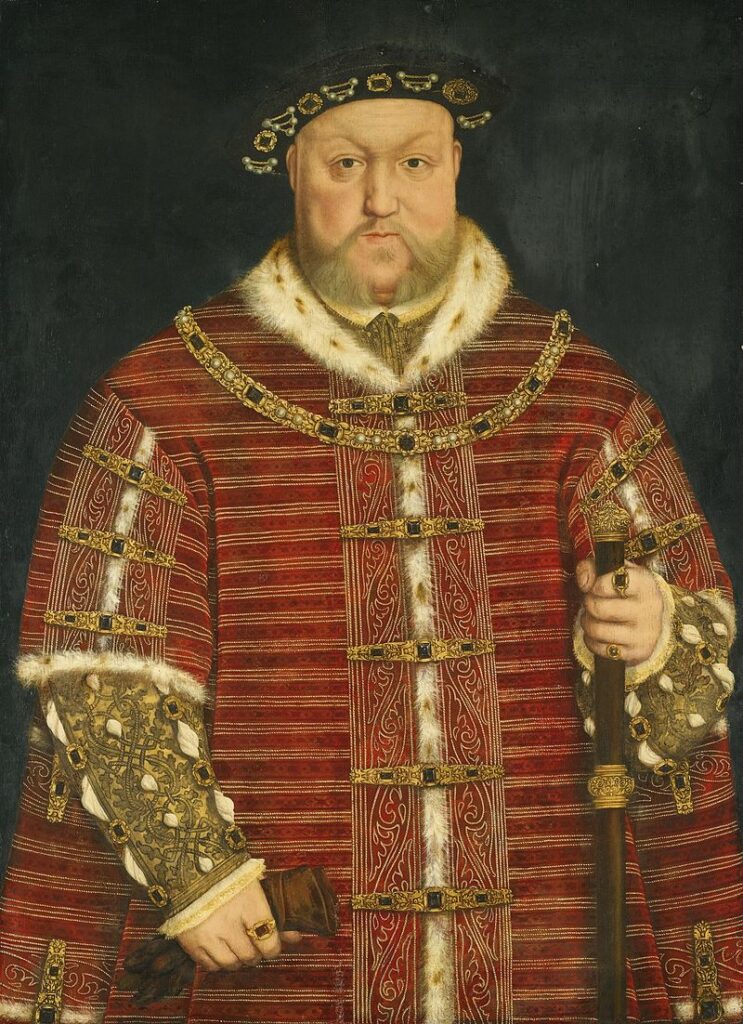
In fact, as Lady Latimer, Catherine did have a stepdaughter, Margaret Neville, who she had a close relationship with. This is the ‘daughter’ referred to in the tailor’s bill. In fact, Baron Latimer had died on the 2nd March, 1543, and his will explicitly requested Catherine to continue to care for Margaret and her brother, John Neville. As her stepdaughter’s guardian, Catherine would of course place orders for clothing and fabric, and the ‘black taffeta’ was likely to make mourning garb for a bereaved daughter.
The reason why the bill appears in her accounts as queen is simply that Catherine was late in making payment. Issued in April, it took several months before Catherine settled the debt, by which time she was Queen of England. As Queen, Catherine was known for being tardy with settling her accounts, which caused a number of issues for her household. This is simply evidence that this pattern began before her queenship.
As I said, this is the only piece of evidence that has been used to link Catherine to Mary’s household during this period. Without it, there is absolutely nothing to suggest Catherine was serving Mary in any capacity or that they had anything to do with each other.
I should emphasise, this is not new knowledge; David Starkey drew attention to this issue in 2001 in one of his most famous books, ‘Six Wives: The Queens of Henry VIII,’ and a number of historians have addressed it since. But as is common with Tudor history, the romantic fiction has dominated the unsatisfying truth.
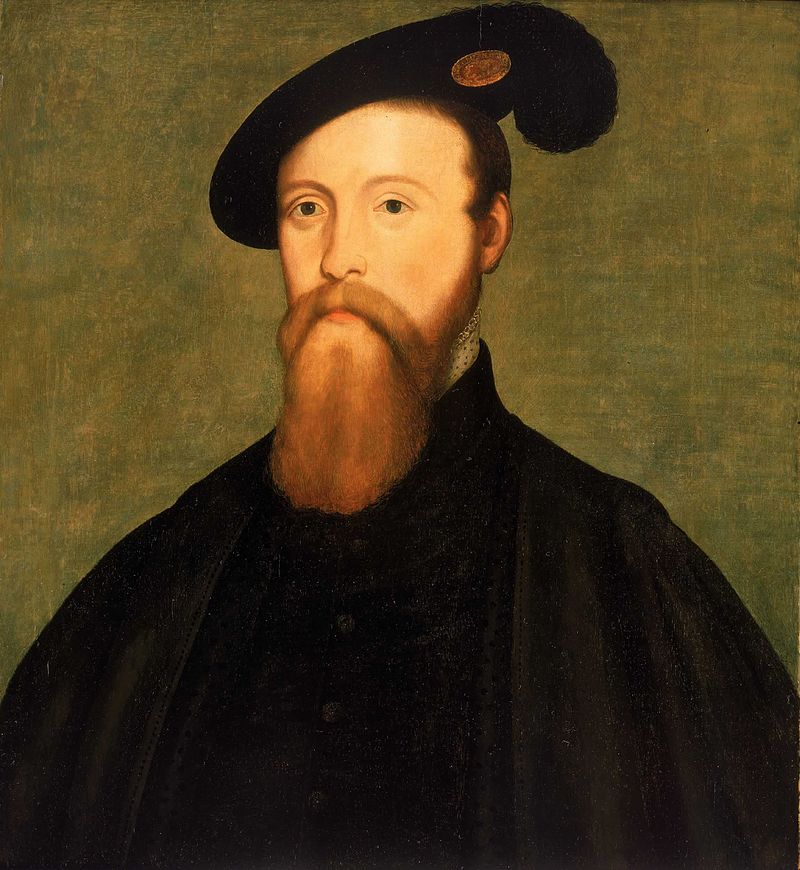
Because unfortunately, we don’t have much information on what Catherine was doing during this period. In the early months of 1543, we can infer that she was caring for her husband, who was ill in the months leading up to his death in March. After Latimer’s death, we know from a letter Catherine wrote after Henry VIII’s death in 1547 that she fell in love with Thomas Seymour, and they seem to have come to some understanding that they would marry after the appropriate interval of time for mourning had passed. But of course, at some point the King himself became interested in the attractive, intelligent widowed Lady Latimer.
Beyond that, we just don’t know where Catherine was or what she was doing, although she was presumably at court, or at least in London, to have been in a position to attract the attention of these two powerful men. But whatever Catherine was doing, we can say for certain that she was not serving as a lady-in-waiting to her future step-daughter Mary.

